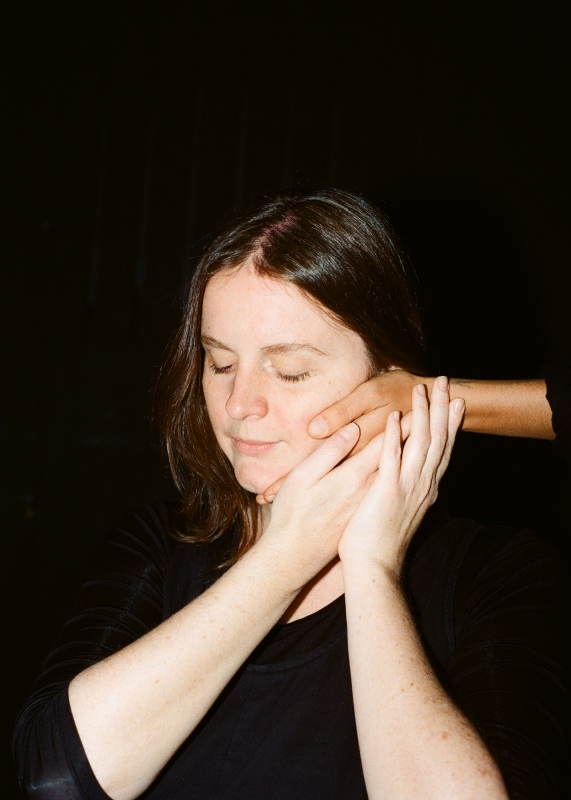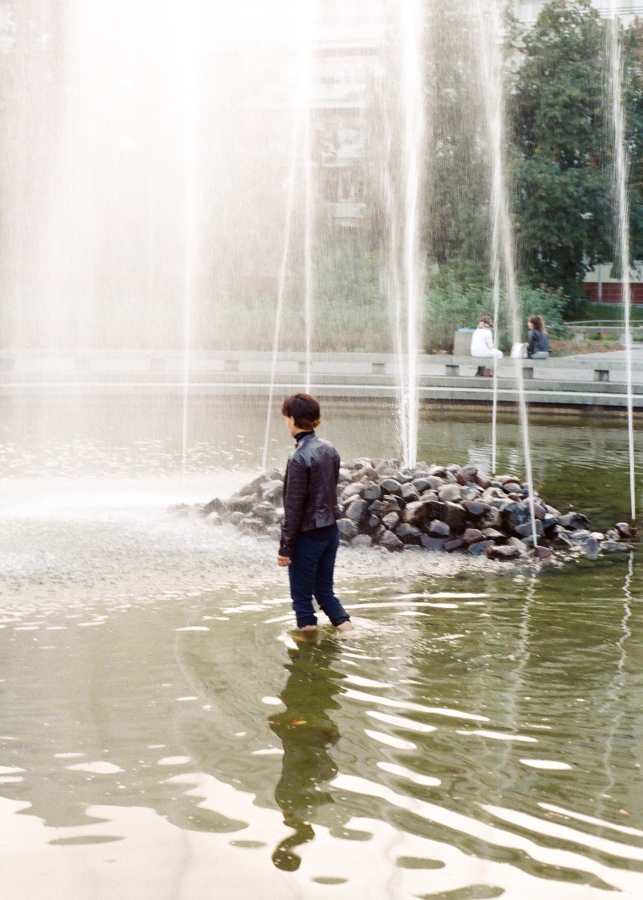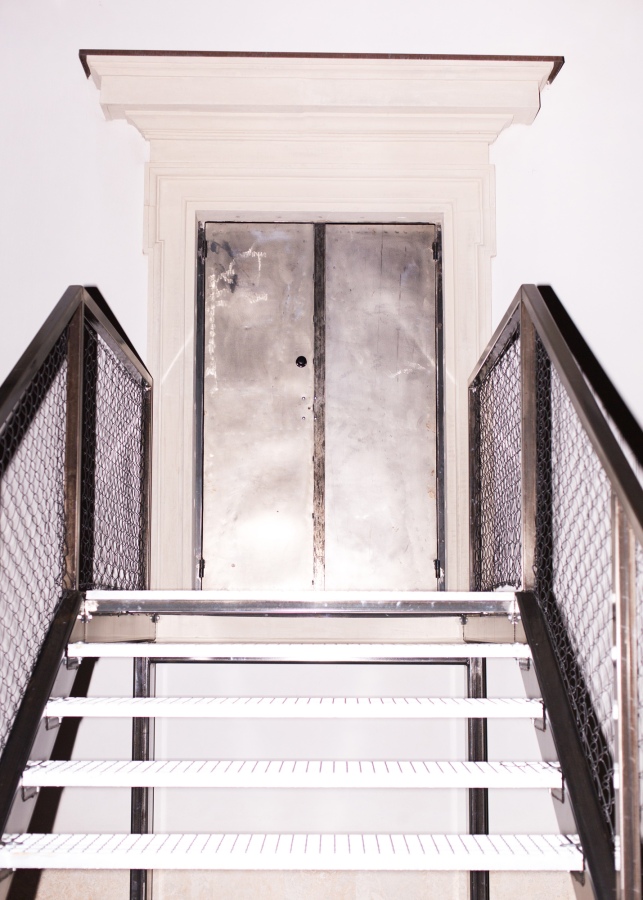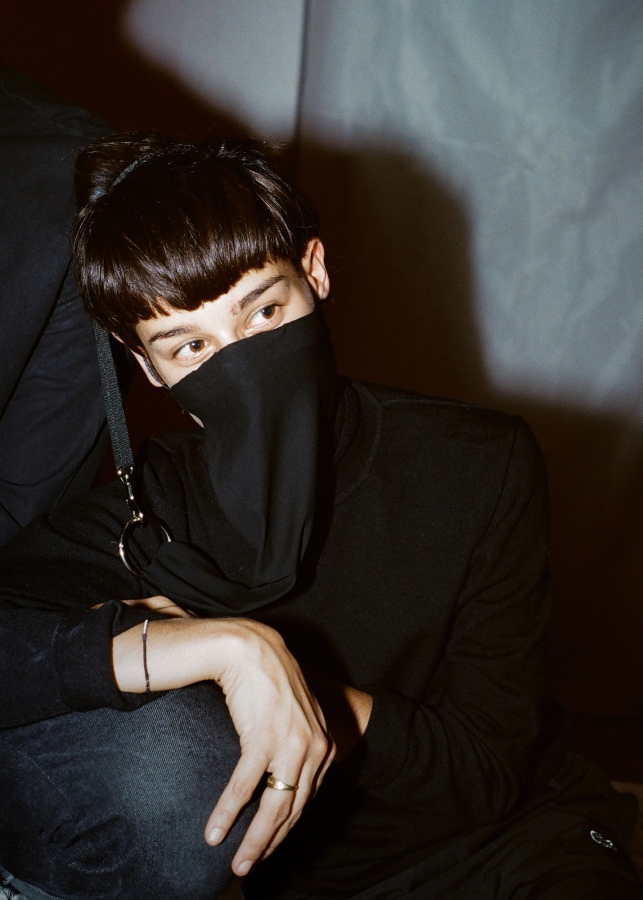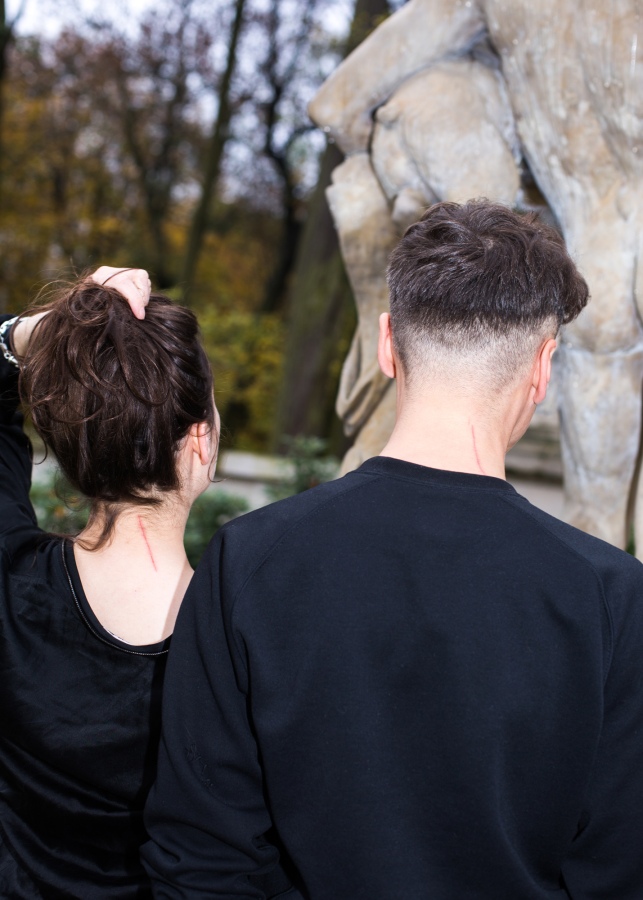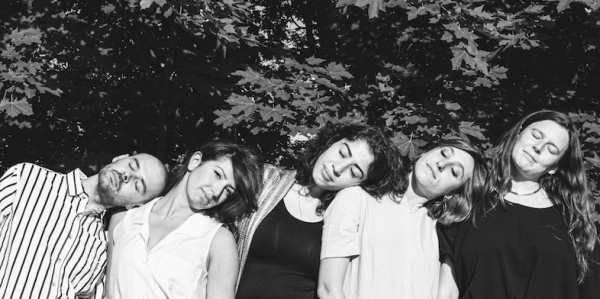Art without a work of art
Graziela Kunsch in conversation with Alek Hudzik
-
What is the subject of your work?
- Myself and the people I meet in everyday life. I like working with people who are different from me, but share a common goal.
-
While reviewing your work, I wondered if your work – or any project – ever ends.
- In my practice, the form never closes, because even when I make a framed drawing, the circulation of the work is part of the work itself. It is always a specific response to a certain context, as in the case of the drawing I prefer not to do – its content changes slightly in each context where I use it. My long-term projects engage people in different ways, so they are always open for transformation.
-
I think that in the case of some of your works, one can’t talk about them as artistic projects. I remember your work Public Clinic of Psychoanalysis, which defies the definition of a ‘project’.
- Art is a proposition for me, in the sense of Lygia Clark’s Caminhando. The proposition must be sufficiently open, unfinished, to make possible the entry of the other. In the Public Clinic of Psychoanalysis, as in an analysis session, everything is constantly under construction. The Clinic is “public” in two senses – it is free, and is created and transformed by its users. The Clinic was established in 2016 as part of the Vila Itororó Open Construction Site in São Paulo, where it continues to this day. Each month, it hosts about 350 free indivi-dual and collective therapeutic sessions. It emerged from my proposal, then responsible for the public formation of the open site, starting from my re-encountering former residents of the Vila and in the dialogue with the psychoanalyst Daniel Guimarães, who was interested in a popular and non-elitist psychoanalysis. The Clinic was conceived as an act of reparation for the violence that took place in this context – the forced removal of residents to build a cultural centre – and also, as one of the many experiments on that site aiming to broaden the idea of culture and what is expected of a cultural centre. With a permanent process for entry of new members, the Clinic is also configured as a space for training.
-
How does the work of the Clinic look?
- When the Clinic was born, we only had indivi-dual sessions. People from outside were always telling us that we should do group sessions because it is a political project. We felt that the former residents of Vila Itororó for years were treated as a mass – nameless, faceless, and without history – and that it was important that they had individual attention, as well as for members of social movements, who often get sick of giving up their individuality in the name of the collective. After a year of the Clinic’s existence – also the year of the Coup d’Etat in Brazil – we noticed that some people had started to meet to talk, informally. There were people who were already patients of the Clinic and people who could not get a pass for the first time, but ended up talking to other people, already starting a healing process. After the Coup d’Etat, it was very important that people who were suffering could meet other people to realize that they were not alone. But it was the users who created the group that meets every Saturday today. We just instituted what was proposed by them. And it is important to recognize that the Clinic operates in the middle of a cultural centre – a place full of life, with children playing, people rehearsing theatre and circus, dancing, sleeping, cooking in the public kitchen, among the most different spontaneous uses you can imagine. So going to the Public Clinic is very different from going to a hospital. The Public Clinic inserts psychoanalysis into culture.
-
Would you call it public art?
- I do not use this term because, though beautiful, it usually refers to a work of art installed in the public space. I do not like anything permanently installed in public space. To be public, there must be openness. The people need to take part in decisions and actions.
-
Does art need an artwork as an effect? I’m curious because I think many of your works are more like research studies, that rather end with documentations than so called “artwork”.
- I don’t think art needs works of art. I recently had the opportunity to attend a book premiere in Oslo. The excerpt which was read was a description of a visit to a gallery, guided by an artist who doesn’t produce any works of art. I felt that I wasn’t alone. The refusal of the work of art is very important to me. At the same time, I think you’ve had a wrong impression. Even if my projects assume an open, transformable form, they can also be understood as works (not as documentations of a research). The archive Excerpts from Vila Itororó, for example, points to the insufficiency of the documentary form to witness the constant transformations of a complex context. Instead of making a documentary, for example two hours long, I chose to understand my work as a documentarian practice. The archive already has 60 excerpts (videos formed by a single take each) and will continue to grow, but it exists as an archive. Political struggles have no end, but the work of art is set in a form, though an open form.
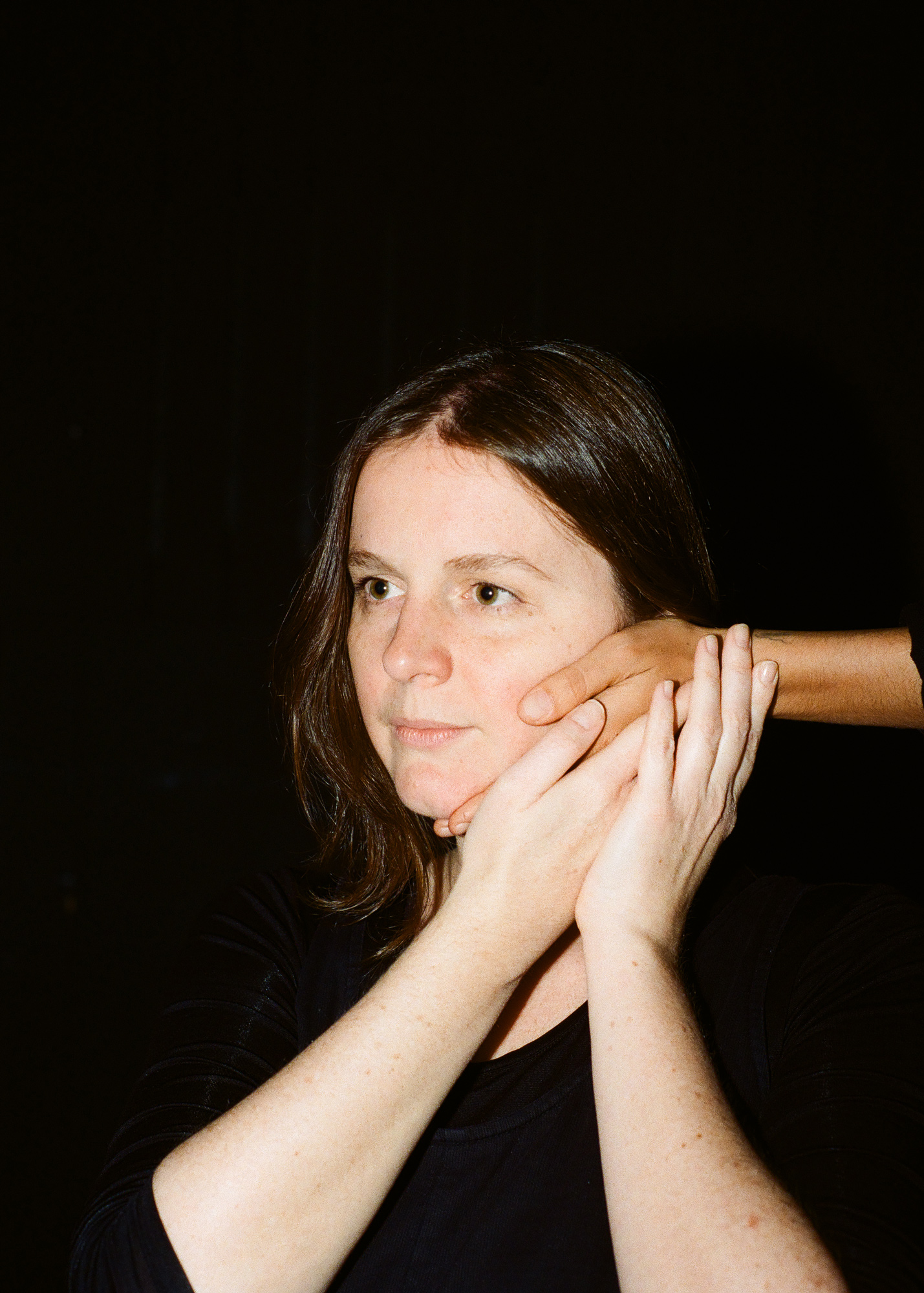
-
Photo by Karolina Zajączkowska
-
-
What did you do during your residency in Poland?
- Here, I found a theory for my own practice: Oskar Hansen’s notion of Open Form. And I was able to deepen my studies on how Janusz Korczak engaged children in decision-making.
-
What are you planning now?
- Inspired by the Common Space, Individual Space exercise, led by Grzegorz Kowalski, who was Hansen’s student, I worked on a collective drawing experiment with children from the Wolna Szkoła Przygoda [Free School Adventure]. At the beginning, each child designed a home, individually. Gradually, the idea was to make small changes in the homes of others, making them more open or closed. It was interesting, especially since some children suffered a lot in having their drawings altered by their colleagues, and we had to work this out. But I want to repeat the experience in São Paulo, with more time and involving people of different generations – children, youth, adults and the elderly at the same time. From the exercise and based on the experience of opening my house as a “public residence”, I wrote the text of my first children’s book, which tells the story of two houses, approaching open form vs. closed form.
Film: Marta Wódz
